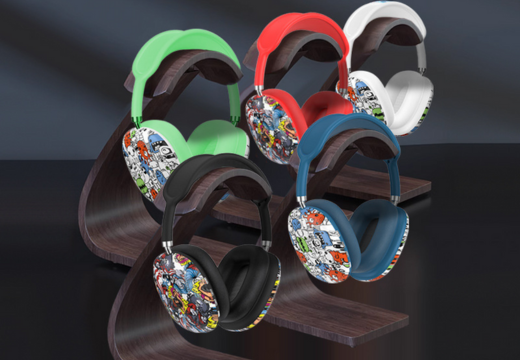How to Choose The Right Wireless Headphone in 2025
Wireless headphones have become an indispensable part of our daily lives, offering unparalleled freedom and convenience whether for work, leisure, or travel. From bustling commutes to quiet home offices, the right pair of wireless headphones can significantly enhance your audio experience, productivity, and overall comfort. With a myriad of options available, each boasting unique features and technologies, selecting the perfect wireless headphone can be a daunting task. This comprehensive guide aims to simplify that process, helping you navigate the diverse landscape of wireless audio to find the ideal headphones that meet your specific needs, focusing on their design, types, and how to choose one based on sound quality, comfort, and battery life.
Wireless vs. Wired Headphones
When choosing between wireless and wired headphones, it’s important to understand the key differences that make each suitable for their intended environments and use cases. Here’s a comparison that makes these distinctions clear:
Feature | Wired Headphones | Wireless Headphones |
|---|---|---|
Connectivity | Physical cable (3.5mm, USB-C, Lightning) | Bluetooth, RF, Infrared |
Freedom of Movement | Limited by cable length | Unrestricted within range |
Sound Quality | Often perceived as higher fidelity due to direct connection; no compression | Excellent, but can be affected by Bluetooth codecs and compression |
Battery Life | No battery required; powered by device | Requires internal battery; needs regular charging |
Portability | Can be less convenient due to tangled cables | Highly portable; no tangles |
Compatibility | Universal 3.5mm jack, specific digital ports | Bluetooth-enabled devices; potential pairing issues with older tech |
Latency | Minimal to none | Can have slight latency, especially for gaming/video |
Cost | Generally more affordable for comparable quality | Often higher due to integrated technology and battery |
To wrap it up, wired headphones offer reliability and often superior audio for critical listening or gaming, but wireless headphones provide unmatched convenience and mobility for everyday use. Knowing the difference helps you pick the best headphones for your lifestyle, ensuring comfort, quality, and seamless integration.
Exploring Types of Wireless Headphones
Wireless headphones come in various shapes and sizes, each designed for different tasks and preferences. Here’s a look at some of the most common types you’ll find:
Over-Ear Headphones
These headphones fully enclose your ears, providing excellent passive noise isolation and often superior sound quality due to larger drivers. They are typically the most comfortable for extended listening sessions.
Best for: Immersive listening, studio work, long flights, and home use where maximum comfort and sound quality are desired.
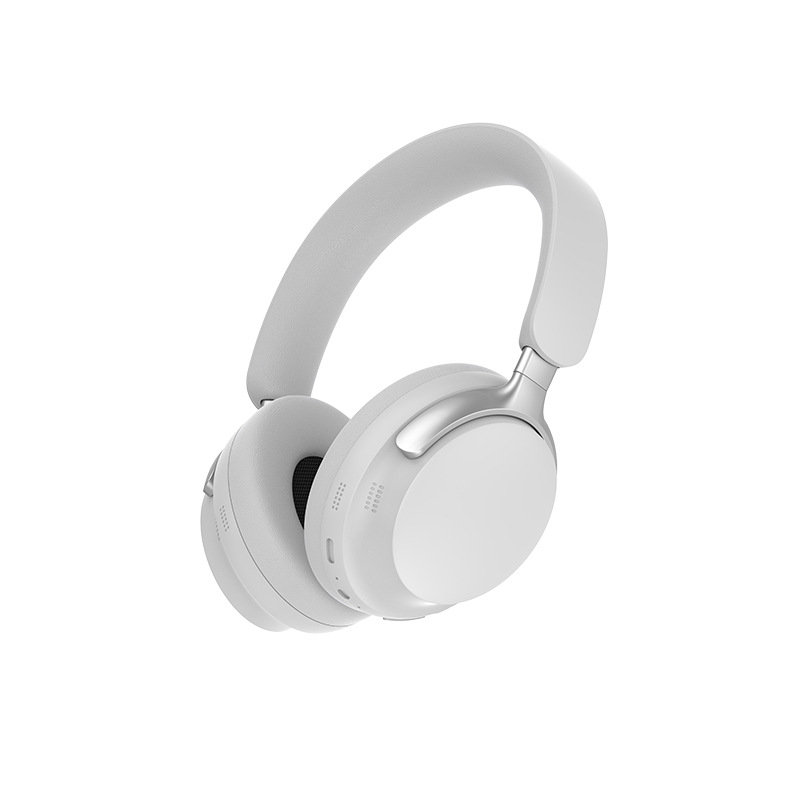
On-Ear Headphones
On-ear headphones rest on your ears rather than enclosing them. They are generally more compact and lighter than over-ear models, making them more portable. They offer less noise isolation than over-ear headphones but can be more breathable.
Best for: Commuting, casual listening, and users who prefer a lighter feel without full ear coverage.
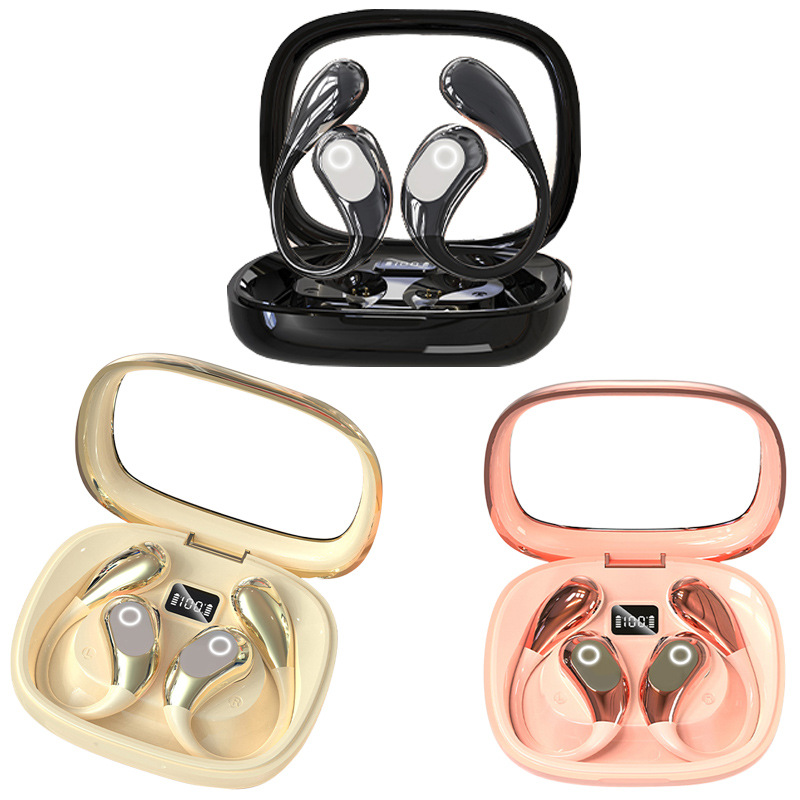
In-Ear Headphones (Earbuds)
These are small, lightweight headphones that fit directly into your ear canal. They offer good portability and can provide decent noise isolation depending on the seal. They are often preferred for active use.
Best for: Workouts, running, travel, and users who prioritize extreme portability and discretion.
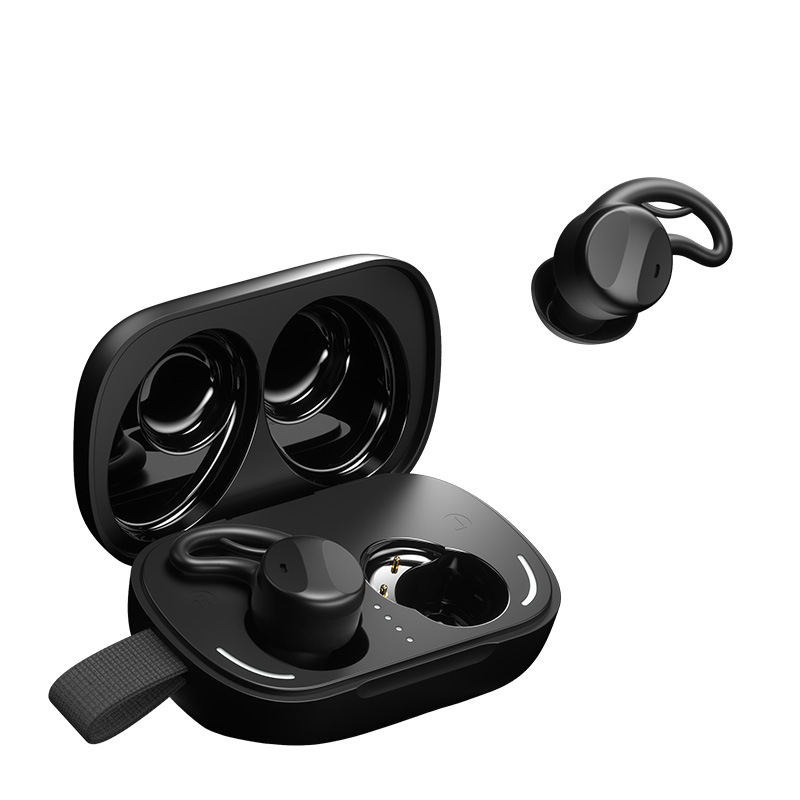
True Wireless Earbuds
True wireless earbuds are a sub-category of in-ear headphones that have no cables whatsoever, not even connecting the two earbuds. They come with a charging case that also serves as storage. They offer ultimate freedom and portability.
Best for: Active lifestyles, users seeking maximum convenience, and those who want a truly cable-free experience.
Neckband Headphones
These headphones feature a band that rests around your neck, with earbuds or small on-ear speakers connected by short wires. The neckband often houses the battery and controls, offering longer battery life than true wireless earbuds and a secure fit.
Best for: Sports, users who want a secure fit without cables dangling, and those who prefer a balance of portability and battery life.
Each type of wireless headphone offers unique features for different environments and user needs, ensuring there’s a solution for almost any audio requirement you might face.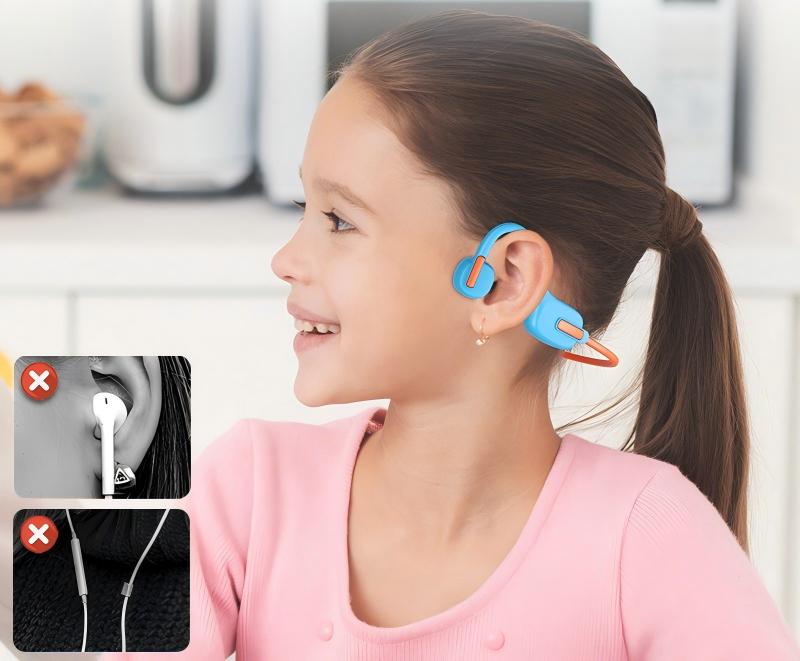
Selecting the Right Wireless Headphone
Selecting the right wireless headphone involves understanding your specific needs and the unique characteristics of each type. Here’s a breakdown of key factors to consider when choosing a wireless headphone, ensuring you make an informed decision that maximizes audio enjoyment, comfort, and functionality.
Understanding Your Use Case and Needs
Know Your Primary Activity
Commuting/Travel: Look for good noise isolation (ANC is a plus), comfortable fit for extended wear, and decent battery life. Portability is also key.
Work/Study:Prioritize comfort for long sessions, clear microphone quality for calls, and stable connectivity. Noise cancellation can be beneficial for focus.
Exercise/Sports:Focus on secure fit (sweat and water resistance), lightweight design, and easy-to-access controls. True wireless or neckband styles are often preferred.
Casual Listening/Home Use: Sound quality and comfort are paramount. Battery life should be sufficient for your listening habits. Over-ear headphones often excel here.
Gaming: Low latency is crucial to ensure audio syncs with visuals. Look for headphones with specific gaming modes or low-latency codecs.
Practical Considerations
Budget:Determine your budget range. While higher prices often correlate with better features and sound, excellent options exist across all price points.
Brand Preference: Some users have brand loyalties due to past experiences or ecosystem compatibility (e.g., Apple AirPods for iPhone users).
Aesthetics: Design and appearance can be important for personal style.
Key Features to Evaluate
1. Sound Quality
Audio Profile: Do you prefer a balanced sound, emphasized bass, or clear highs? Read reviews that describe the sound signature.
Codecs: Support for advanced Bluetooth codecs like aptX, LDAC, or AAC can significantly improve audio quality over standard SBC, especially for high-resolution audio.
Driver Size: Larger drivers generally have the potential for richer bass and broader soundstage, but it's not the only factor.
2. Comfort and Fit
Earcup Material:Plush, breathable materials (e.g., memory foam, velour) are more comfortable for long listening sessions.
Clamping Force:The pressure the headphones exert on your head. Too tight can cause discomfort, too loose can affect sound and stability.
Weight:Lighter headphones are generally more comfortable for extended wear.
Adjustability:Ensure the headband and earcups are adjustable to fit your head shape.
3. Battery Life
Playtime per Charge: Look for headphones that offer sufficient hours of playback for your typical use. For all-day use, 20+ hours is ideal.
Charging Speed: Fast charging capabilities can be a lifesaver when you're in a hurry.
Charging Case (for earbuds): A compact charging case that provides multiple recharges is a significant advantage for true wireless earbuds.
4. Noise Cancellation (Active Noise Cancellation - ANC)
Effectiveness:How well does it block out ambient noise? Some ANC is better at low-frequency hums (like plane engines), while others handle broader spectrums.
Transparency Mode: A feature that allows you to hear your surroundings without removing your headphones, useful for awareness.
5. Connectivity and Controls
Bluetooth Version: Bluetooth 5.0 or higher offers better range, stability, and power efficiency.
Multi-Point Connectivity:Allows connection to two devices simultaneously, seamlessly switching between them (e.g., phone and laptop).
Intuitive Controls:Easy-to-use physical buttons or touch controls for playback, volume, calls, and voice assistants.
Companion App:Many headphones come with a dedicated app for customization of EQ, ANC levels, and firmware updates.
6. Microphone Quality
Clear Voice Pickup: Essential for calls and online meetings. Look for headphones with beamforming microphones or environmental noise cancellation for calls.
Sidetone: A feature that allows you to hear your own voice during calls, preventing you from speaking too loudly.
7. Durability and Water Resistance
Build Materials: High-quality plastics, metals, and robust hinges contribute to longevity.
IP Rating: For sports or outdoor use, an IP (Ingress Protection) rating indicates resistance to sweat and water. (e.g., IPX4 for sweat resistance).
Conclusion
Choosing the right wireless headphone is a personal journey that depends heavily on your individual needs, preferences, and primary use cases. By carefully considering the type of headphone, evaluating key features like sound quality, comfort, battery life, and noise cancellation, and understanding the nuances of connectivity and controls, you can make an informed decision. Whether you prioritize immersive audio, all-day comfort, or ultimate portability, the market offers a wireless headphone solution perfectly tailored for you. Invest time in research and try different models if possible, to ensure your chosen pair truly enhances your audio experience in 2025 and beyond.

